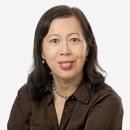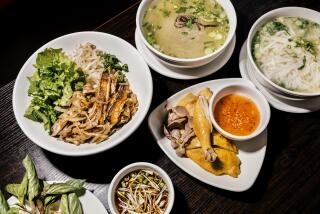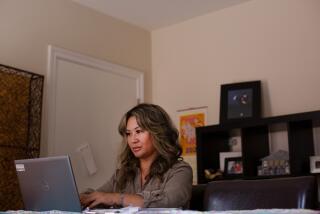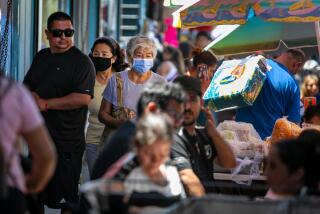How is Little Saigon curbing coronavirus? By respecting elders, authorities and masks
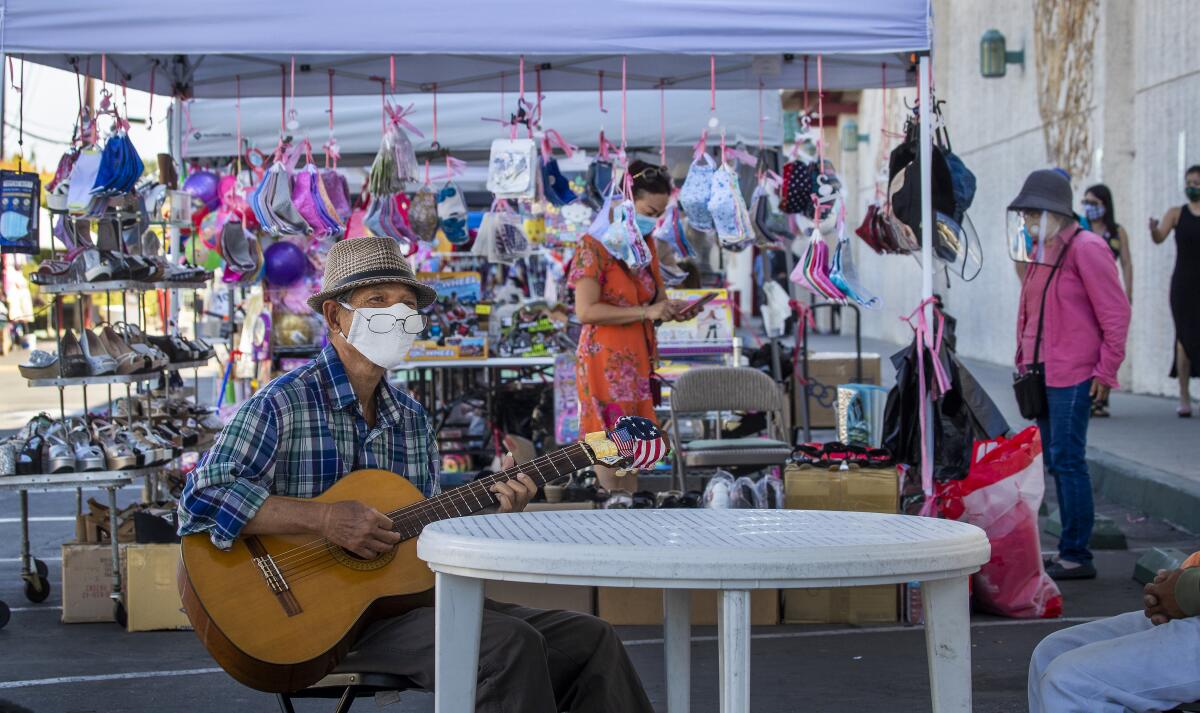
- Share via
Dr. Quynh Kieu has a three-part theory to explain why Little Saigon has been relatively successful in stemming the COVID-19 pandemic.
One factor is a months-long project to test 1,900 people for free in the sprawling Vietnamese American community that spans the cities of Westminster and Garden Grove, as well as parts of Fountain Valley and Santa Ana. It’s believed to be among the first ethnic-specific testing efforts in the nation.
A second factor is luck. And a third, said the Fountain Valley pediatrician, is a host of ingrained cultural habits: respect for authorities, reverence for elders and a belief in the importance of the collective welfare.
“The Vietnamese are very compliant — and very consistent,” said Kieu, who conducted the tests under the umbrella of the Project Vietnam Foundation, her nonprofit that organizes medical missions to the Vietnamese homeland, serving many of the rural poor.
“In many families, they have a representative member who does the outside tasks, say someone who runs errands on behalf of their kids and the grandparents, instead of each person going their own way,” Kieu continued. “They’re consciously avoiding risks.”
Of equal importance, she suggested, is that Vietnamese Americans — like people in most Asian countries — are long accustomed to putting politics aside and strapping on a mask, to protect themselves, their loved ones and their fellow citizens.
“Those who have traveled to Asia have witnessed people wearing masks to ward off pollution and dust,” she said. “Now we transferred that mentality to fighting germs — it’s totally acceptable.”
As California has struggled with some of the nation’s highest numbers of coronavirus infections and deaths, Little Saigon has stood out for its relatively low rates of both — although not all residents and businesses follow recommended protocols for social distancing.
“Sure, the numbers are a lot lower in the Vietnamese community and yes, the reasons behind this are cultural,” said Dr. Clayton Chau, a Vietnam native who is director of the Orange County Health Care Agency. In August, Chau was also named health officer for Orange County, becoming the area’s highest-ranking public health official.
As a Vietnamese American raised to revere the elderly, Chau does have some concerns about the isolation of Asian seniors, wondering if they have regular access to the latest science or medical news in their native language. A recent campaign launched by immigrant health professionals tried to fill that gap.
He feels there’s still “misinformation in this same community.”
“I continue to see businesses not posting mandatory prevention guidelines,” he added, “and I constantly worry that everyone isn’t as aware as they need to be.”
As of Sept. 1, the number of COVID-19 cases among Asian Americans in the four cities that constitute Little Saigon was much lower than that of other ethnic groups, according to data from the Orange County Health Care Agency.
The reasons why aren’t entirely clear. Health data and numerous studies have repeatedly shown that Latinos and Black people have been heavily hammered by the virus. Among the factors often cited to explain this discrepancy are subpar medical care, high rates of underlying health issues such as obesity and diabetes, and a greater risk of exposure to the virus by workers in service industries, whose ranks are disproportionately filled by Black and Latino people.
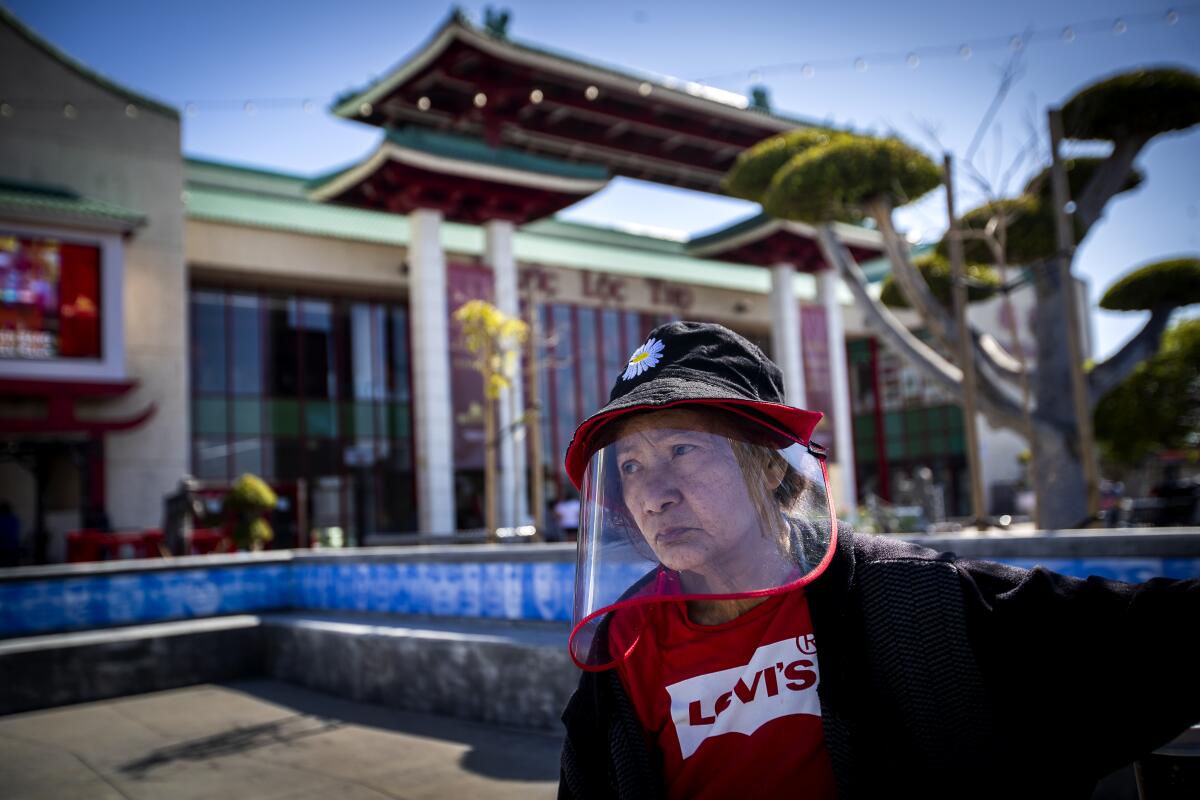
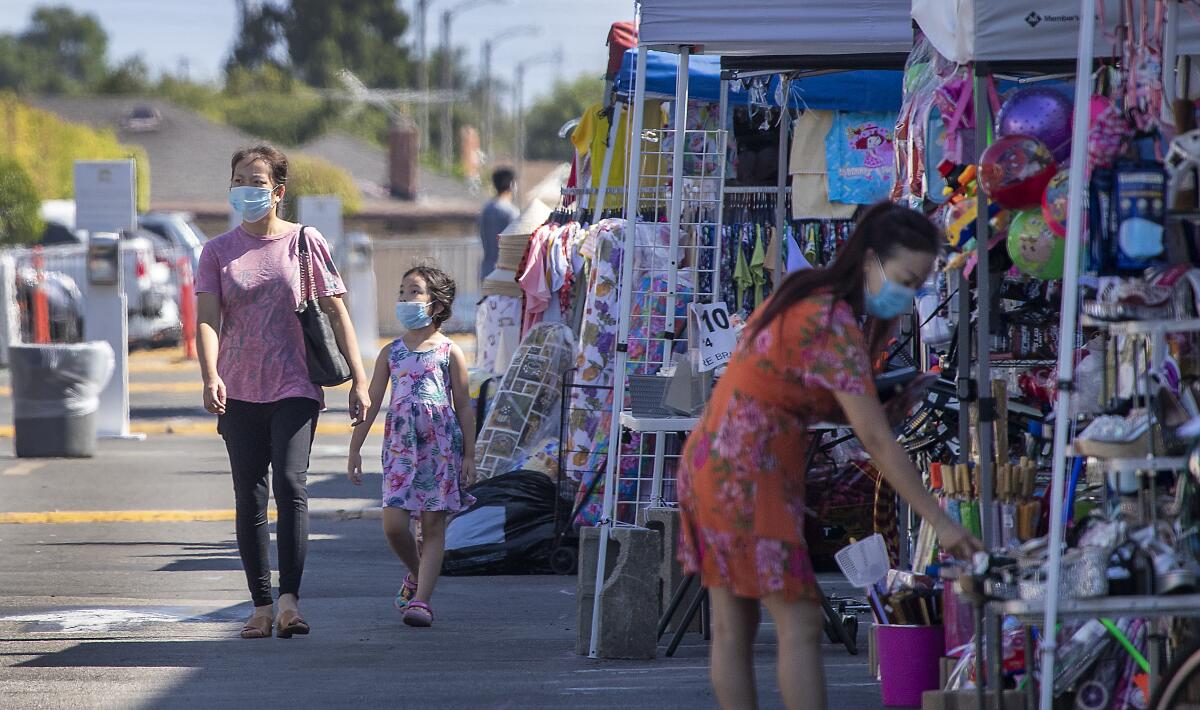
Little Saigon has suffered lower infection rates than its share of the population might indicate. The county does not keep statistics specific to the business and cultural district. But in Westminster, for example, with a population of about 91,000 — and where Little Saigon was founded — 940 total cases of coronavirus had been recorded as of Sept. 1. Even though nearly 50% of the city’s residents are Asians, according to the census — primarily Vietnamese — Asians accounted for only 141 of those cases, or about 15%.
Little Saigon’s response to the virus has fostered civic pride, mingled with caution.
Ted Nguyen, a public relations executive from Laguna Niguel, said there’s a “quiet compliance” in the community. “We’re following rules based on science and facts. Obviously, it’s a fluid situation, but evidence shows us that many Asian countries are able to better fight this virus by weighing the collective good and putting aside personal feelings.”
“One reason our community is ahead is that we listen to the experts. The Vietnamese have a deep respect for people in the medical profession,” said Michael Vo, mayor pro tem of Fountain Valley, who has helped deliver donations of personal protective equipment to area hospitals. “We put our faith in them and many go to the same doctors through generations.”
Vo offers a comparison. “The mentality of the mainstream public, there’s some faction of the population thinks the coronavirus is a hoax,” he said. “The mentality of the Vietnamese is, ‘I should do this to protect myself and my family.’ ”
Quan Dinh, an economist from Garden Grove, said that what he calls the “disciplined” Vietnamese character helps explain the community’s relative success in battling the virus.
“When you’re told to stay home for the lockdown, you really stay home, only to go out for groceries,” he said.
Moreover, Dinh said, Little Saigon residents “avoid high-traffic areas” such as bars and entertainment spots.
“And third, they get personalized attention when it comes to encouraging them to get tested. People say, ‘Bring your wife. Bring your children. Make it a family priority.’ As a community, we focus on the collective — not individual needs.”
Viviane Nguyen, a high school freshman from Westminster, said that fear of contracting the virus was “so real” that she had virtually stopped pursuing outside pastimes. Her father, a facilities manager, participated in recent testing at a Lutheran church near their home, getting a negative result.
She remains fearful that he’s at risk since he has to interact with the public in his job. “When he comes home, right away he is sprayed thoroughly with an alcohol mist” recommended by a family member who is a doctor. “He can’t eat until he showers. I wish he didn’t even have to work.”
Viviane herself keeps “to a bubble.”
“I stopped going to the mall, stopped swimming,” Viviane said, and she has gone walking only once during the summer months. “It’s weird to watch all these people fighting health rules and refusing to wear masks,” she said. “It’s pretty stupid that people can’t listen to simple directions.”
Partly for some of the same cultural reasons that Little Saigon has been spared the devastation afflicting other communities, so has the Vietnamese homeland — at least so far.
Through mid-July, the nation of 100 million hadn’t recorded a single coronavirus-related death. It boasted one of the world’s most successful quarantining and contact-tracing systems. But at the end of that month, a sudden outbreak, centered in Da Nang, caught Vietnam, as well as many health experts, by surprise.
Still, as of mid-September, Vietnam’s total number of cases is only about 1,100, with 35 deaths, a far lower total and per-capita average than that of the United States.
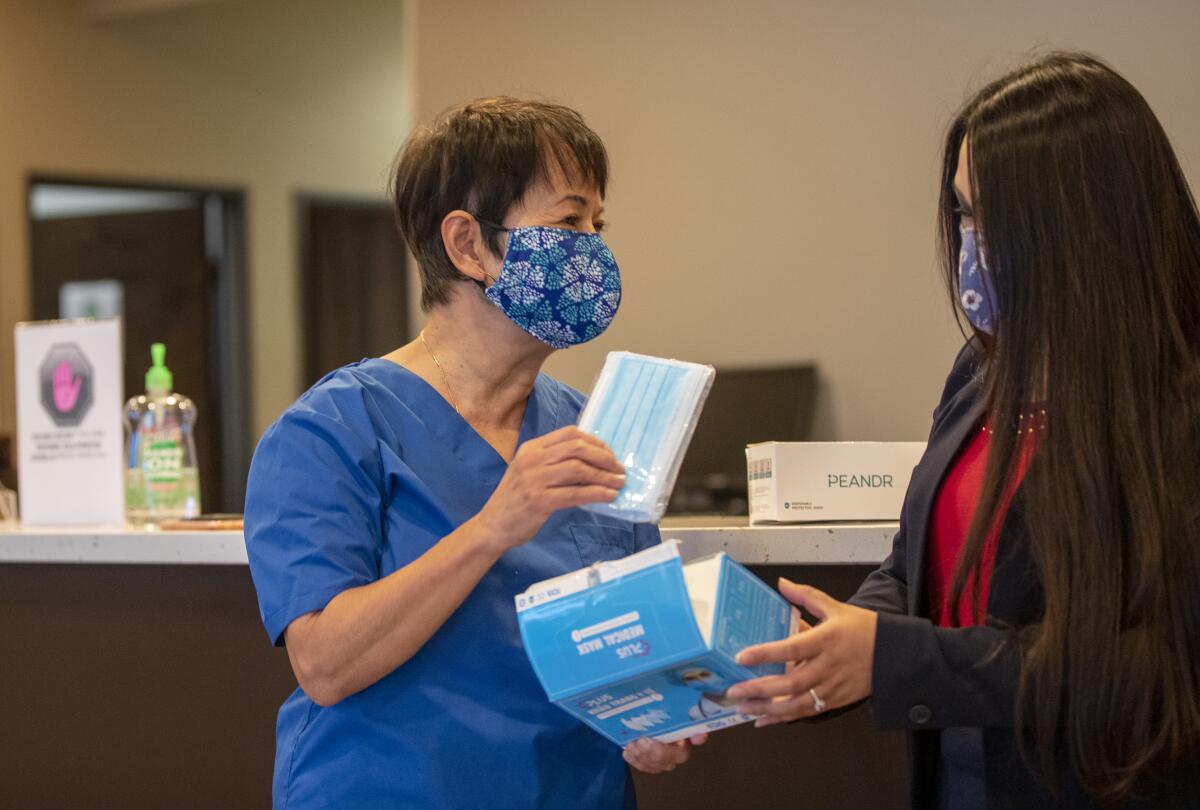
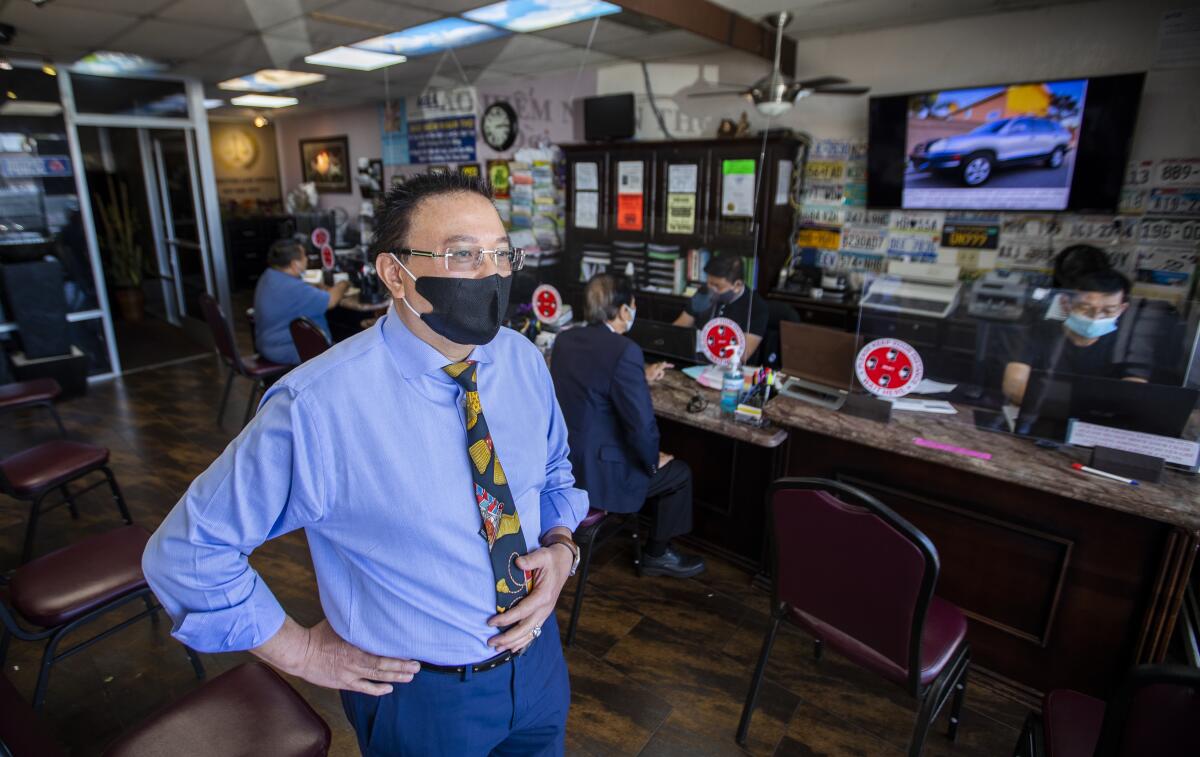
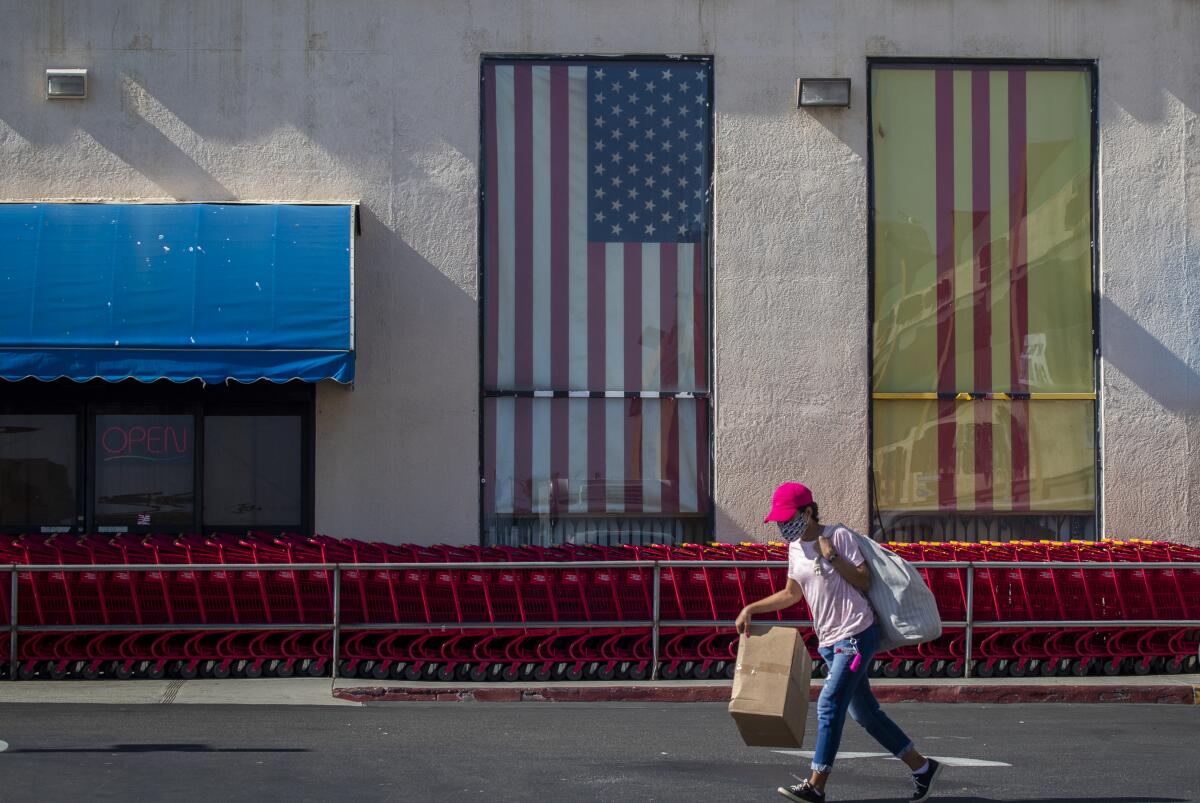
On the July day that authorities in Da Nang ordered outsiders to leave the bustling port city in central Vietnam, Minh Tran logged onto the internet to check the global status of coronavirus infections.
He clicked on Australia, China, France, Singapore and the United States, stopping in shock at the huge numbers of cases in California, where some of his friends and cousins live, in central Orange County.
“I thought, ‘Oh my God, what’s happening over there? Why are they fighting not to have to wear masks?’” said the 29-year-old salesman. “I couldn’t believe it then and can’t believe it now. All the people I know are following the requirement. Hardly any of them are sick.”
Tran has kept closer tabs of deaths across Southern California since Vietnam’s government began evacuating 80,000 tourists on July 27 from his hometown. He questioned why knowledge gained from medical advances in the Western world hadn’t driven home the risks of COVID-19 — and awareness of how to protect oneself more effectively.
“We all think that living in America must have so much advantage. But what we see is citizens claiming freedom to do just what they want, going to parties, going to the beach, not covering up and risking infection to their fellow citizens,” he added. “If you asked me what country would top the list of coronavirus cases, I would never have predicted USA.”
Hai Tran, his cousin in Garden Grove, said he had tried to comply “every day to help my loved ones stay breathing and stay out of the hospital.” The auto repair worker says he uses masks purchased in Asia that are sold by some of his friends and tout a more reliable filter.
Since many California counties entered the first lockdown in March, he has not gone anywhere except to the car shop for work. His family combines three generations into one household, with his father exiting the front door just once a day for a nightly walk.
“No way would I put them in harm’s way,” Tran added. “It’s OK — we can pause our lives, skip the seven-course beef restaurants and stay home and watch HBO. We’re betting to have a vaccine” to counter the virus and, “if I’m lucky, live as long to meet my grandchildren.”
To stay as healthy as possible going forward, Little Saigon will continue to rely on the testing program initiated by Kieu, the Fountain Valley pediatrician.
Kieu received serology testing kits from colleague Dr. Michael Dao, an internist at Dao Medical Group in Garden Grove, who bought them from one of the largest biotech firms in South Korea and donated thousands to area groups.
Kieu and her team of 50-plus volunteers recruited nail salon workers, the elderly, members of the media and others to take the blood tests “to find out if our community has immunity,” she recalled. Fewer than 0.5% of test results were positive. Those testing positive were sent to their medical providers for a follow-up swab test to confirm results and, if needed, begin treatment.
Quyen Le, Project Vietnam Foundation’s director of public health programs, said the group will participate in a behavioral study with UC Irvine’s School of Public Health to monitor all those who were tested on their progress six months after the pandemic started.
“I was fully prepared for a really bad outcome in the community,” Le said. “I know statistically that if you are a community of color, given the high rates of poverty, you’re less likely to be insured and you’re more likely to be hit by a raging disease.”
But the Vietnamese community has shown that needn’t be the case. And although Little Saigon is an outlier, she’s hopeful it could become a model for others.
“What I’m optimistic about is our efforts to tailor outreach and testing to a specific group,” she said. “Our current healthcare system is very much a one size fits all, and that needs to change.”
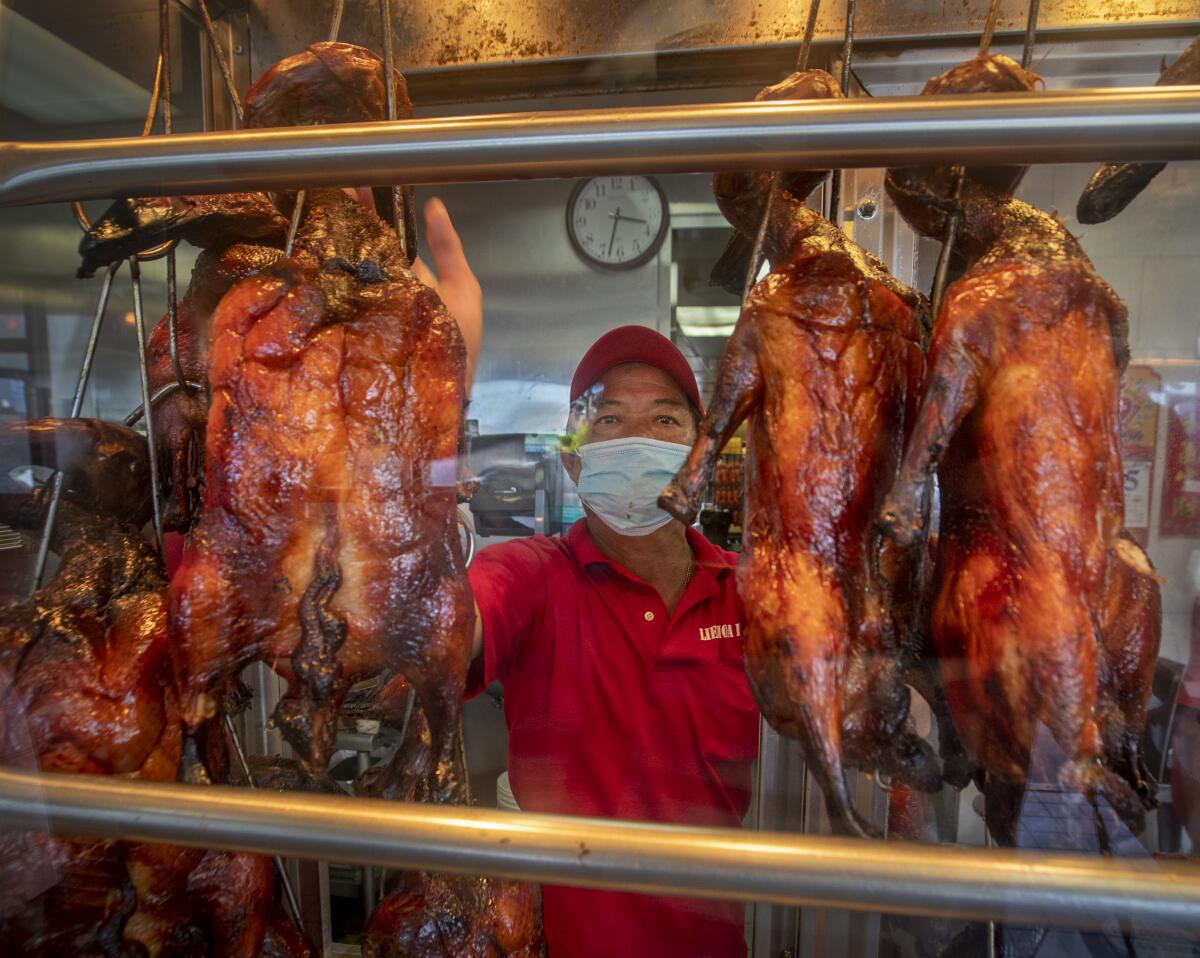
More to Read
Sign up for Essential California
The most important California stories and recommendations in your inbox every morning.
You may occasionally receive promotional content from the Los Angeles Times.
